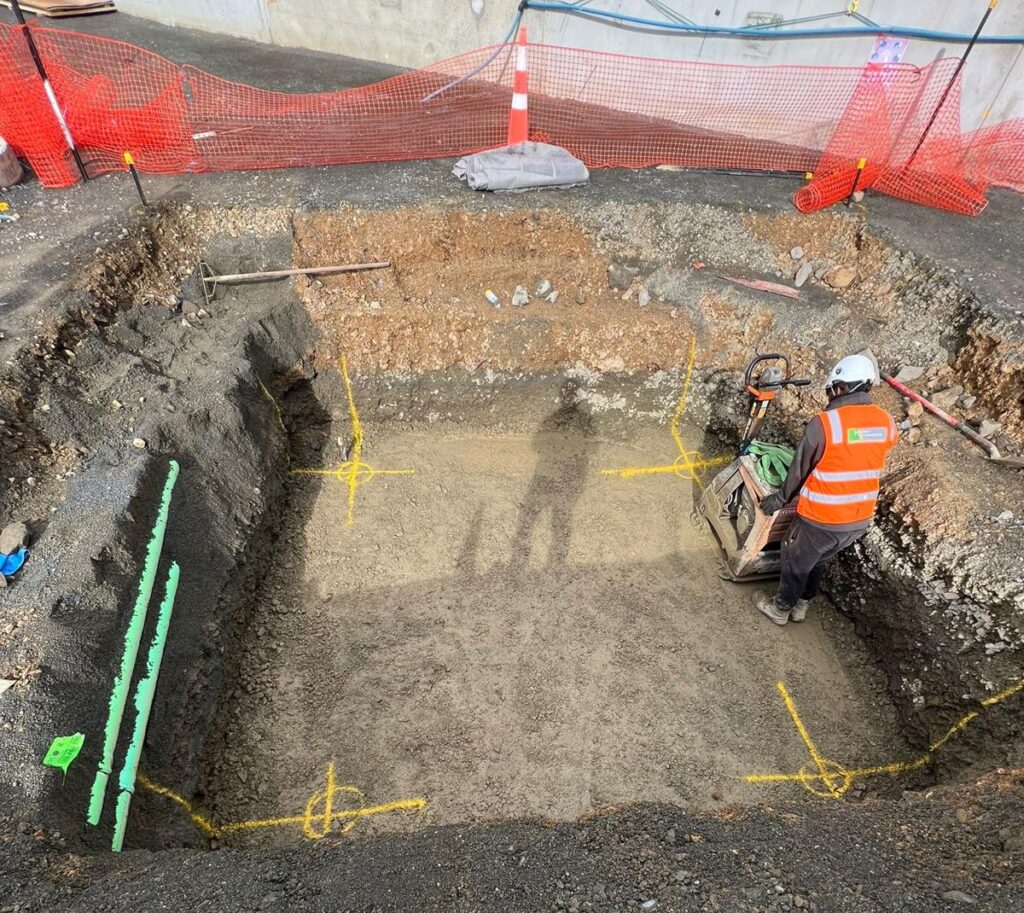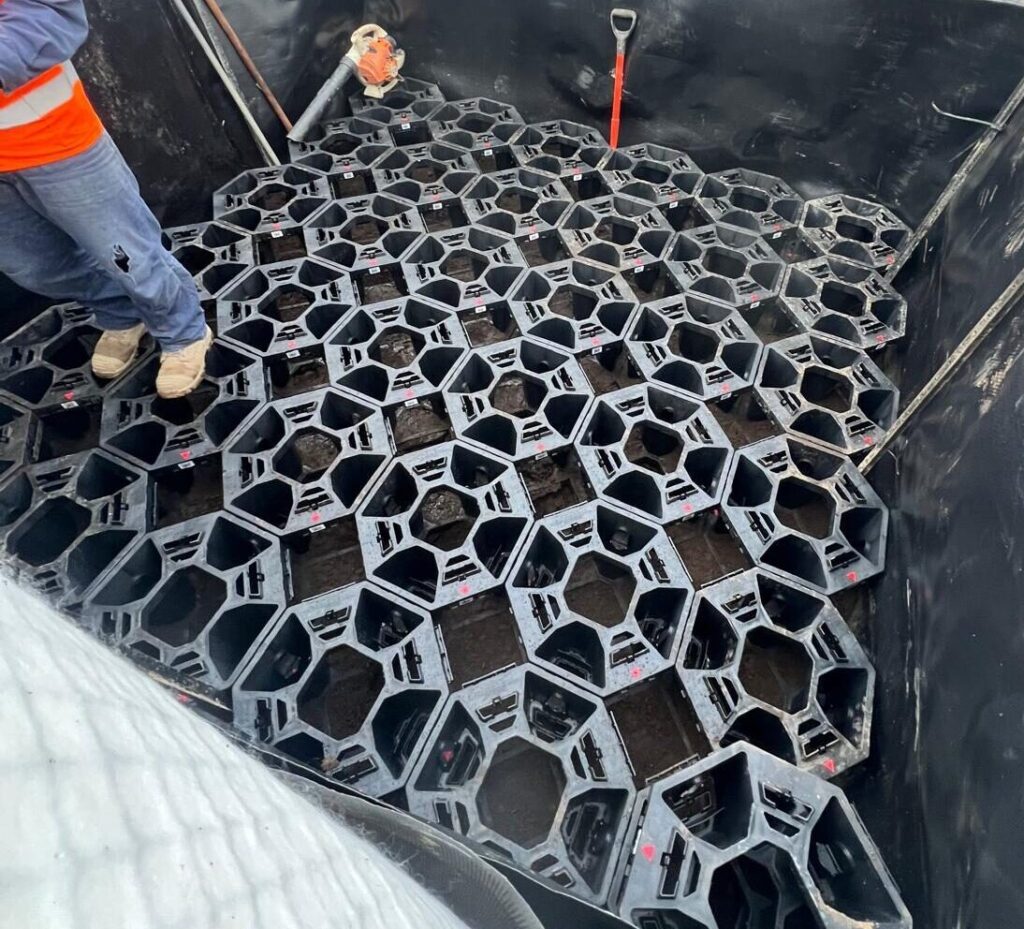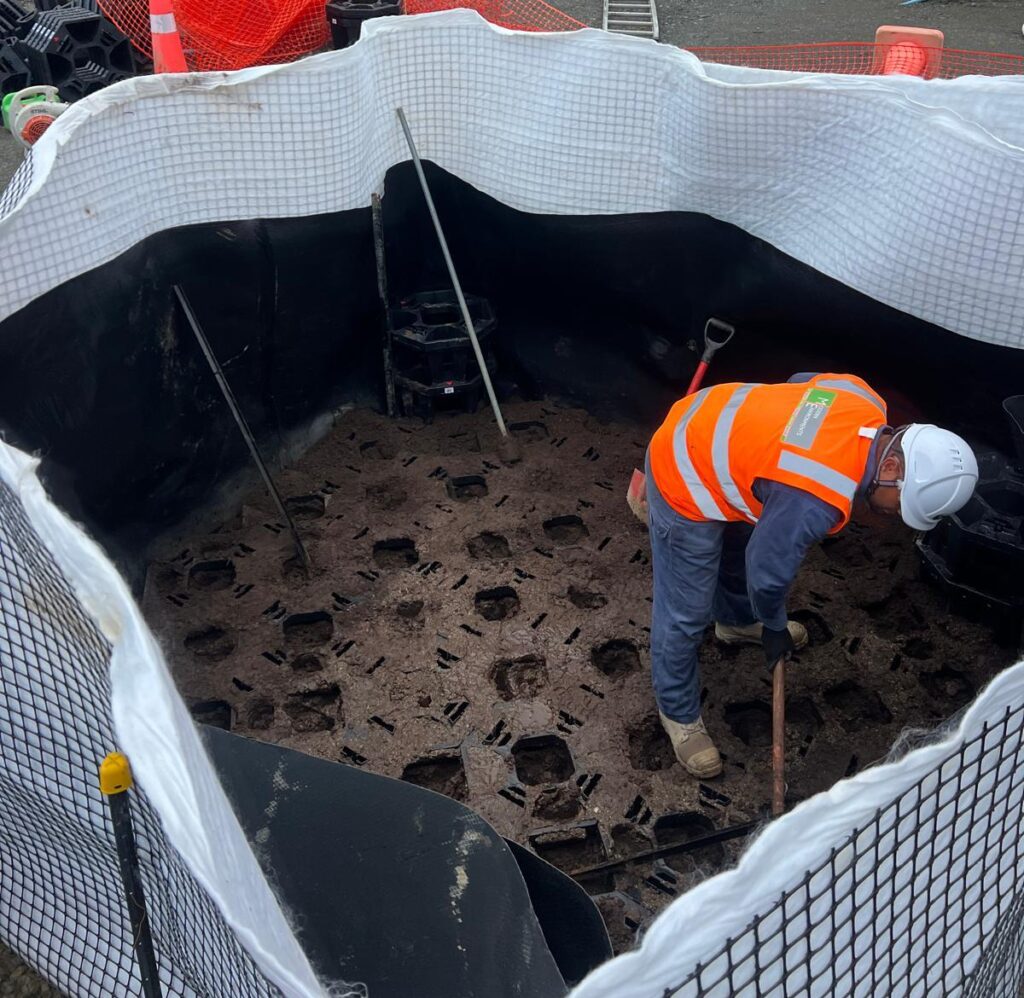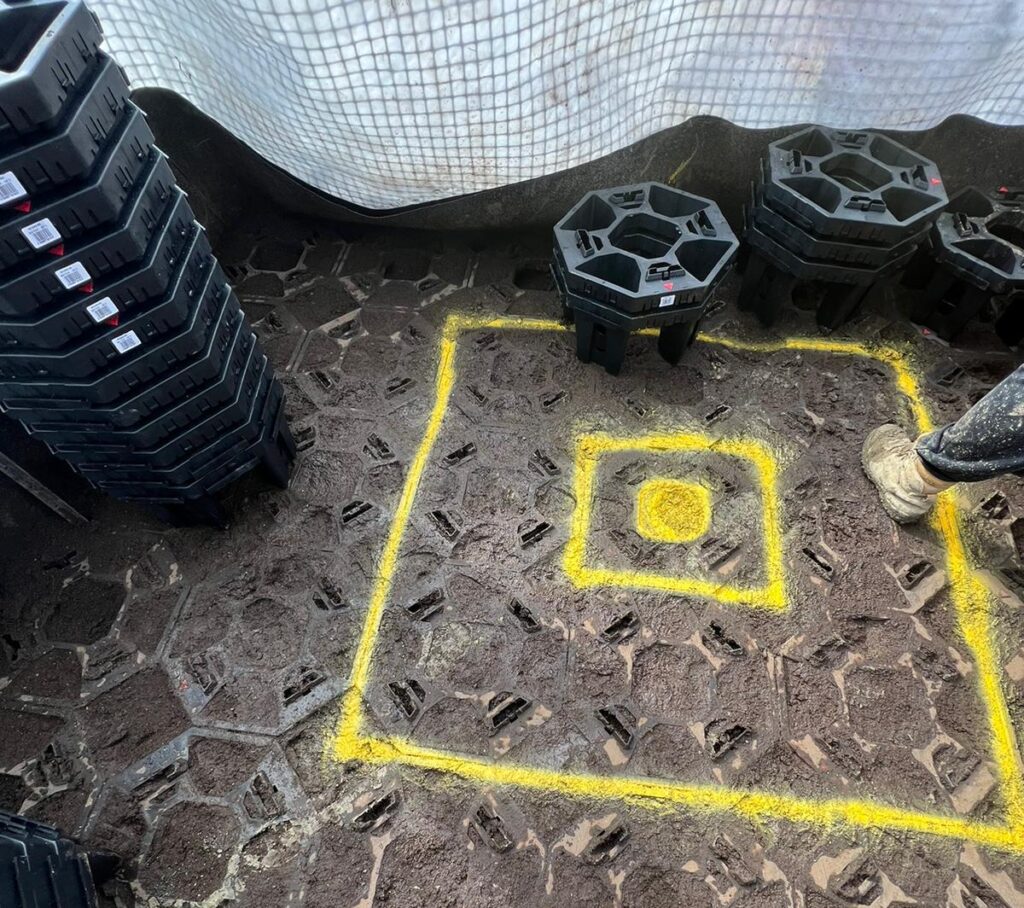Tree Pits Installation
Key takeaways
- Structural tree pits provide uncompacted soil, drainage, and root protection to support urban tree growth.
- Proper design includes drainage layers, structural cells, root barriers, and high-quality soil mixes.
- The installation process involves excavation, drainage preparation, structural cell placement, soil backfilling, and tree planting.
- Post-installation care (watering, mulching, inspections) ensures trees establish and infrastructure is protected.
- Benefits include healthier, longer-living trees, reduced damage to urban infrastructure, and improved city biodiversity.
Understanding Structural Tree Pits
Urban environments can be harsh places for trees. Limited soil space, compacted ground, and interference from underground infrastructure often shorten their lifespan. Structural tree pits solve this by creating engineered systems that provide the right balance of soil, drainage, and support for long-term tree growth.
What Are Structural Tree Pits?
A structural tree pit is a designed underground system that provides uncompacted soil volume for tree roots, while supporting the load of roads, pavements, and urban infrastructure above. They typically use modular structural cells or crates, combined with drainage and root management layers, to create a stable yet natural growing environment.
Importance of Tree Pit Design
The success of urban tree planting relies heavily on proper pit design. Without the right drainage, soil mix, or space, trees struggle to establish and may cause issues such as pavement lifting, blocked pipes, or premature decline. Well-designed pits balance the needs of both trees and urban infrastructure.
Role of Tree Root Systems in Urban Environments
Tree roots need room to grow and oxygenated soil to thrive. In compacted city soils, roots often grow upward or outward in search of space and water, damaging pavements or pipes. Structural tree pits prevent this by directing roots into engineered, healthy soil volumes below the surface.
Planning for Installation
Evaluating the Location for the Tree Pit
Site conditions must be assessed carefully. This includes available space, soil type, underground services, and expected surface loads. In Auckland and other New Zealand cities, high rainfall also makes drainage a key consideration.
Choosing the Right Tree Species
Selecting species suited to the site conditions is critical. Considerations include expected canopy size, root behaviour, climate tolerance, and suitability for urban design.
Designing the Tree Pit for Growth and Stability
Designers must balance structural stability with horticultural needs. This includes planning drainage, structural support, soil layers, and root barriers, while ensuring future maintenance access.
The Installation Process
Step 1: Site Preparation and Excavation
Marking the Excavation Area
The precise tree location is marked to ensure alignment with the overall landscape design.
Excavating the Tree Pit
Soil is excavated to the required depth and width, making space for drainage, structural cells, and root barriers.
Managing Excavated Materials
Where possible, excavated material may be reused or disposed of responsibly to reduce waste.

Step 2: Securing Long-Term Drainage
Creating a Stable Base for Drainage
A punched nova flow drainage pipe is laid at the base, covered with scoria to allow water movement and prevent pooling. A full scoria layer reduces the risk of root rot.
Installing Structural Cells or Crates
The first layer of structural cells (such as StrataCells) is laid. These modular units provide load-bearing strength while keeping soil uncompacted. Additional layers are added as the pit rises.

Step 3: Soil Preparation
Choosing the Right Soil Mix
High-quality planting mix, often blended to local standards, is used to encourage root establishment.
Backfilling Techniques and Soil Testing
Soil is backfilled in layers through the structural cells, compacted lightly to remove air gaps but kept loose enough for root penetration. Testing ensures the mix drains well and contains the right nutrients.

Step 4: Planting the Tree
Positioning the Tree Correctly
The tree is placed in its marked position, ensuring straight alignment and the correct depth for roots to fan out in all directions..
Watering for Establishment
The planting mix is thoroughly watered to hydrate the soil and eliminate air pockets. This gives the tree the best chance of establishing in its new environment.

Post-Installation Care and Maintenance
Applying Mulch for Moisture Retention
A layer of mulch is applied to regulate soil temperature, reduce evaporation, and suppress weeds.
Restoring Surface Material Around the Tree Pit
Surface layers such as pavers, asphalt, or landscaping materials are carefully restored above the pit, ensuring accessibility and visual consistency.
Regular Inspection and Maintenance
Ongoing checks are essential to ensure trees remain healthy. This includes monitoring soil moisture, inspecting for root intrusion, and replacing mulch as needed.
Benefits of Structural Tree Pits in Urban Areas
Promoting Healthy Tree Growth
By providing uncompacted soil volume and reliable drainage, structural pits help trees live longer and grow stronger in city environments.
Protecting Urban Infrastructure
Root barriers and engineered systems reduce the risk of damage to pipes, cables, pavements, and roads.
Enhancing Urban Ecosystems and Biodiversity
Thriving trees provide shade, improve air quality, capture stormwater, and create habitats — enhancing liveability and biodiversity in urban areas.
Structural tree pits are an investment in sustainable urban forestry. They allow trees to flourish where space and soil conditions would otherwise limit growth, while also protecting surrounding infrastructure.
By carefully planning, designing, and installing tree pits, cities like Auckland and Christchurch can ensure their urban landscapes remain green, healthy, and resilient for decades to come.
Looking for an experienced partner in structural tree pit installation? Explore our Tree Pit Services or talk to Modern Environments today.

